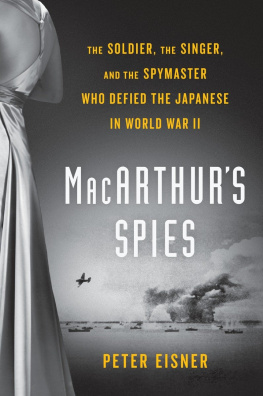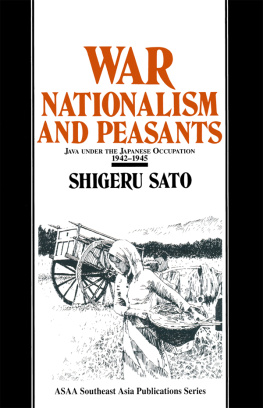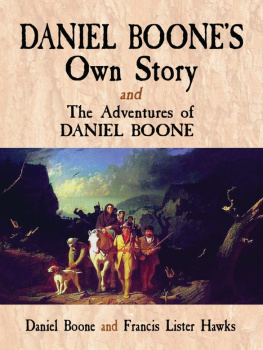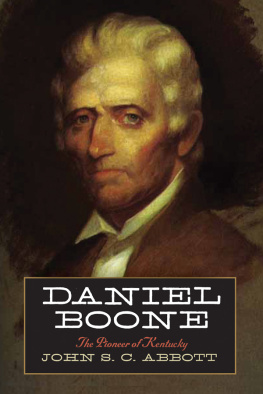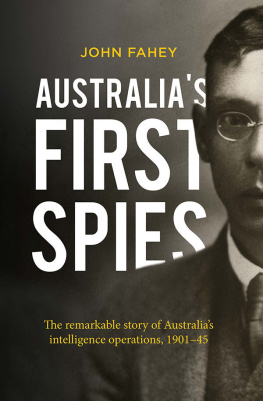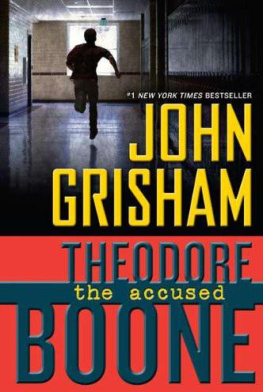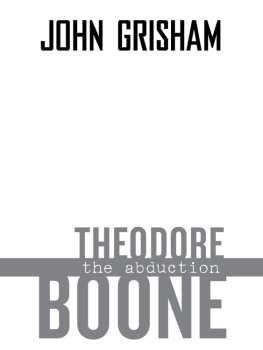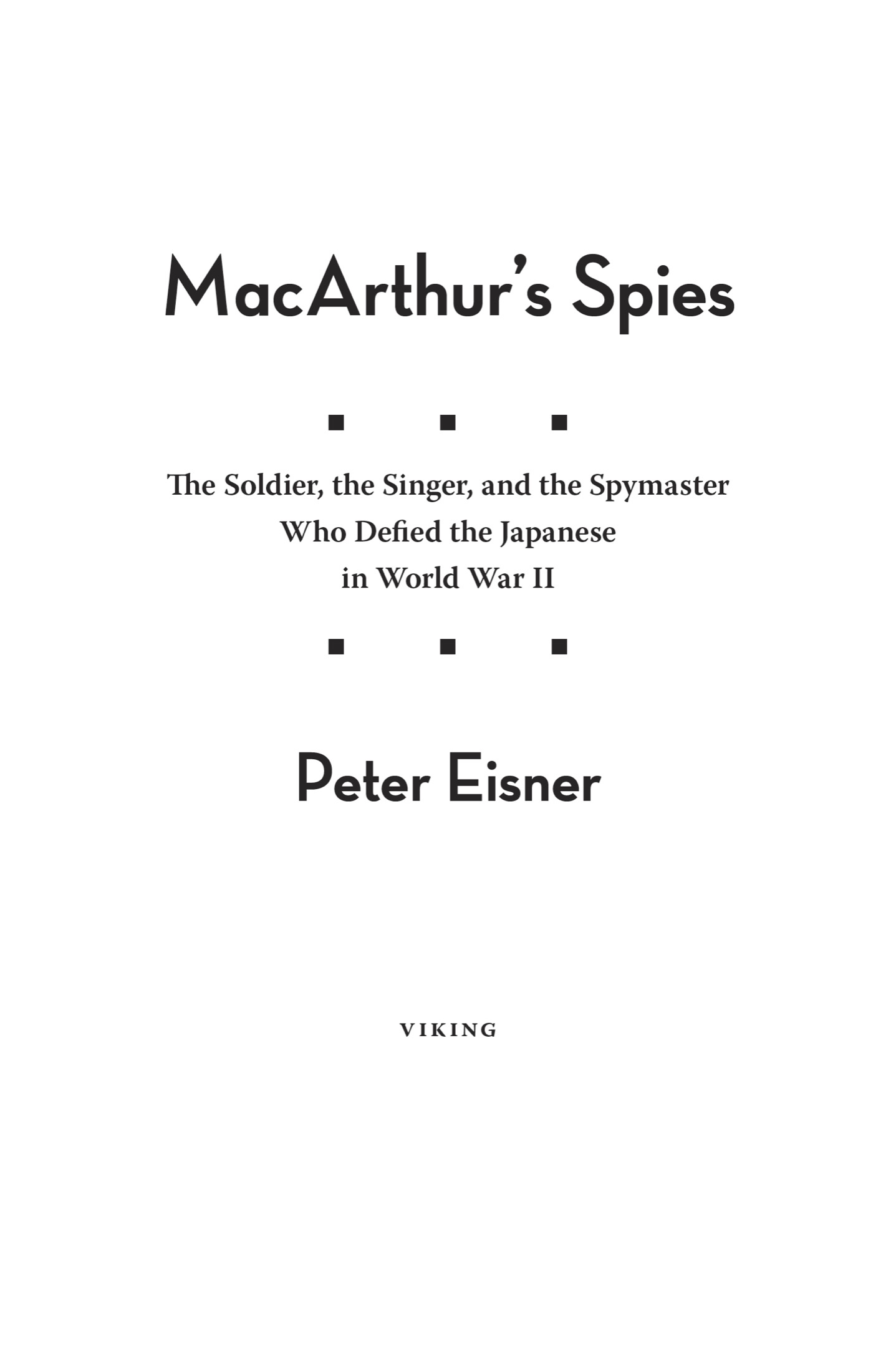OTHER BOOKS BY PETER E ISNER
Cuba Libre: A 500-Year Quest for Independence (cowritten with Philip Brenner)
The Popes Last Crusade
The Italian Letter (cowritten with Knut Royce)
The Freedom Line
VIKING
An imprint of Penguin Random House LLC
375 Hudson Street
New York, New York 10014
penguin.com
Copyright 2017 by Peter Eisner
Penguin supports copyright. Copyright fuels creativity, encourages diverse voices, promotes free speech, and creates a vibrant culture. Thank you for buying an authorized edition of this book and for complying with copyright laws by not reproducing, scanning, or distributing any part of it in any form without permission. You are supporting writers and allowing Penguin to continue to publish books for every reader.
I Dont Want to Set the World on Fire, words by Eddie Seiler and Sol Marcus, music by Bennie Benjamin and Eddie Durham. 1940, 1941 Cherio Corp. renewed 1968, 1969 Ocheri Publishing Corp., Bennie Benjamin Music, Chappell & Co. and Eddie Durham Swing Music Publishing. All rights for Eddie Durham Swing Music Publishing administered by BMG Rights Management (US) LLC. All rights for Bennie Benjamin Music, Inc. administered by Chappell & Co., Inc. 1940 (renewed) Bennie Benjamin Music, Inc., Ocheri Publishing Corp. and Eddie Durham Swing Music. All rights reserved. Reprinted by permission of Hal Leonard LLC and Alfred Publishing, LLC.
Photograph credits
INSERT ONE
: United States Embassy, Manila
INSERT TWO
: United States Embassy, Manila
Library of Congress Cataloging-in-Publication Data
Names: Eisner, Peter, author. | Boone, John P.
Title: MacArthurs spies : the soldier, the singer, and the spymaster who defied the Japanese in World War II / Peter Eisner.
Description: New York : Viking, 2017. | Includes bibliographical references and index.
Identifiers: LCCN 2016056837 (print) | LCCN 2017013217 (ebook) | ISBN 9780525429654 (hardcover) | ISBN 9780698407527 (ebook)
Subjects: LCSH: World War, 19391945Secret serviceUnited States. | World War, 19391945Secret servicePhilippines. | PhilippinesHistoryJapanese occupation, 19421945. | Phillips, Claire, 19081960. | Parsons, Charles A. | SpiesPhilippinesBiography. | SpiesUnited StatesBiography.
Classification: LCC D810.S7 (ebook) | LCC D810.S7 E396 2017 (print) | DDC 940.54/8673dc23
LC record available at https://lccn.loc.gov/2016056837
Version_2
CONTENTS
PREFACE
J UST HOURS after the surprise assault on Pearl Harbor in December 1941, Japanese planes launched a second attack 5,300 miles away, bombing and strafing U.S. military airfields surrounding Manila in the Philippine Islands. The attack was less of a surprise but equally devastating. died at Pearl Harbor, the consequences of the Japanese attack on the U.S. Commonwealth of the Philippines were at least as far-reaching.
The day of infamy was December 8, 1941, across the International Date Line: A single bombing run at Clark Air Base north of Manila wiped out half of the thirty-five B-17 bombers and seventy-five P-40 fighter planes stationed in the Philippines. Two days later Japanese attacks destroyed the U.S. naval base at Cavite. On successive days Japan swiftly wiped out U.S. defenses in the Philippines and then launched a full ground invasion of the 7,107-island archipelago. The United States had about thirty thousand soldiers and was training four times that many Filipinos to defend the islands, all too late.
Less than a month later, on January 2, 1942, Japanese troops marched into Manila unopposed by the U.S. forces commanded by General Douglas MacArthur, who had withdrawn to the Bataan peninsula and Corregidor Island. Tokyo saw conquest of the Philippines as essential to cutting off Allied supply lines and as a stepping-stone in its plan to control all of Asia. By the time they occupied Manila, the Japanese already had seized the U.S. island of Guam, had conquered British Hong Kong, and were moving toward control of Burma and the Dutch East Indies. MacArthur, knew that the Philippines was the Key that unlocks the door to the Pacific.
Manila was a strategic port, a romantic American outpost, and a jewel of a city, dominated and transformed by the United States in the forty-three years since Admiral George Dewey had sailed to victory in Manila Bay during the Spanish-American War. Manila had become a commercial crossroads for the United States in the southwestern Pacific. in Europe, it also was a refuge for hundreds of people who otherwise might have perished in Europe under the Reich, including Spaniards who opposed Fascism and Jews from Germany.
Japans quick conquest of Manila was an ominous sign for the future, but its expectations stalled in the Philippines. U.S. forces, mostly based in and around Manila, retreated to Bataan and fought the Japanese there for five months despite hunger verging on starvation, deadly diseases, and lack of reinforcements. U.S. commanders surrendered at Bataan in April 1942 (and at Corregidor a month later)the largest surrender in U.S. history. The story of what followedthe Bataan death marchis chronicled as one of the cruelest episodes of the war. The victorious Japanese forced 75,000 already suffering U.S. and Filipino soldiers to march for days in the tropical heat to a POW camp north of Bataan. Hundreds of American soldiers and thousands of Filipinos died of hunger and disease or were hacked to death or shot in cold blood for falling down or begging for food and water.
Much less known is the heroic saga of resistance that ensued: Thousands of American and Filipino soldiers disobeyed orders to lay down arms and fled to the hills of Bataan. These stragglers formed flexible guerrilla battalions in Luzon, the largest and most populous of the Philippine Islands; they evaded capture for three years, harassed the Japanese, and prepared the way for General MacArthurs eventual return. How different it was from our perspective in the twenty-first century, when rebels stymie organized U.S. military forces in foreign wars and terrorists snipe and lay booby-trap bombs against them. In the Philippines the Americans were the rebels, planning raids and sabotage against a Japanese occupying army unable to stop them all.
I had written two other books about World War II when I started this story. One focused on Bob Grimes, a twenty-year-old American pilot shot down over occupied Belgium who was saved by a young peoples brigade running an underground escape line through France into Spain. The other book was about Pope Pius XI (not to be confused with the more controversial Pope Pius XII) and an American Jesuit journalist, John LaFarge, whom the pope drafted in his little-told attempt to fight Hitler and Mussolini before the war. The life and times of these lesser-known historical figures told a larger story about war.
I had every reason to turn to the Philippines and the war in the Pacific this time. My father, Bernard Eisner, was a twenty-five-year-old officer on LST 463, part of the U.S. armada that fought throughout the South Pacific and then accompanied MacArthur back to the Philippines in late 1944. Like most members of the Greatest Generation, he hardly spoke about it. More broadly, the details of the Pacific war were less told than the many stories surrounding the fight against Hitler in Europe from the Battle of Britain to D-Day. Less known still was the battle for Manila, one of the bloodiest encounters of World War II. As I explored personal accounts to tell the larger story, a friend suggested that I read

